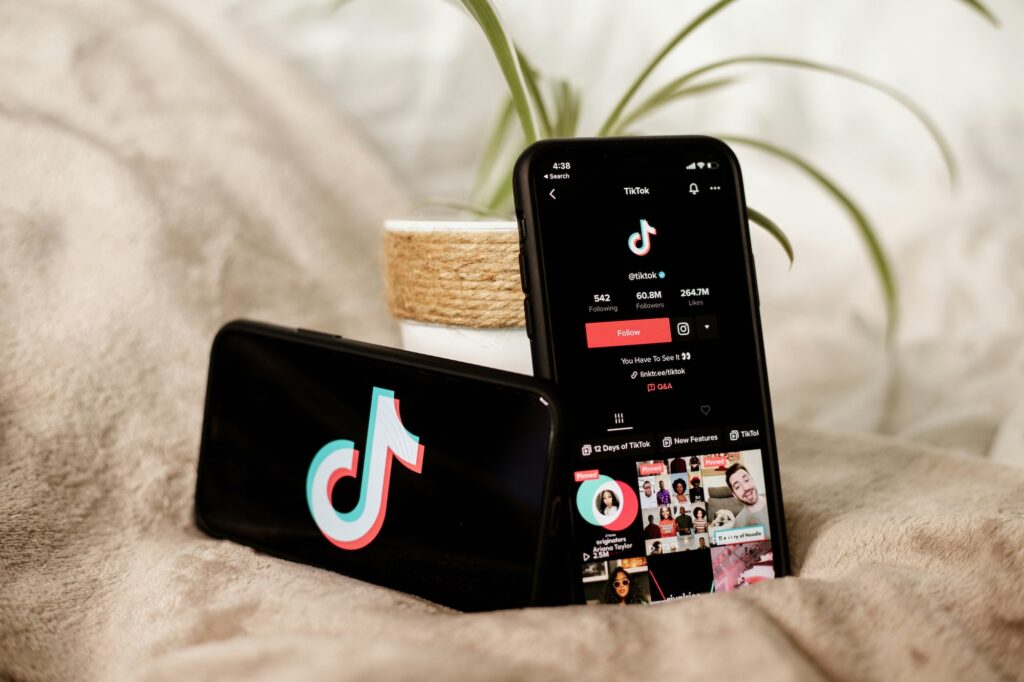PPC has become a staple part of any performance marketing strategy. Thanks to the developments in technology, it may be easier than ever to create a PPC campaign but generating high value leads of sales is potentially even more challenging. The success of a PPC campaign ultimately comes down to the effectiveness of its landing pages.
There are a number of elements to consider when building bespoke PPC landing pages. The main priority is to create a seamless user journey that effortlessly turns clicks into conversions. Here, we’ll take you through some of the essential steps you should be considering when creating PPC Landing pages.
Landing Pages vs. Web Pages
Before diving into the nitty-gritty of what makes a good PPC landing pages, it’s crucial to understand the differences between a landing page and a web page. A landing page is a standalone, highly focused page created for a specific marketing campaign, to fulfil a specific objective, whether that is to complete a purchase or exchange their details.
Where webpages are designed to be informative, PPC landing pages should be designed to be persuasive. Its sole purpose is to convert visitors into customers or leads, making it different from regular web pages on your site.
The Importance of Bespoke Landing Pages
One of the keys to a successful PPC campaign is creating bespoke landing pages tailored to the campaign’s specific goals and target audience. Generic web pages won’t cut it because they lack the precise focus needed to maximise conversions. Bespoke landing pages allow you to craft a message and user experience that align with your campaign’s objectives.
Define Campaign Goals First
Before you start building your PPC landing page, it’s crucial to define your campaign goals. Are you looking to generate leads, sell products, or simply gather email sign-ups? Clearly defining your objectives will guide every aspect of your landing page’s design and content.
Understand User Behaviour
To create a landing page that resonates with your audience, you need to understand user behaviour. Analyse your target audience’s preferences, needs, and pain points. This information will help you tailor your landing page content and design to address their specific concerns.
Prioritise User Experience
A seamless user experience is paramount for a successful PPC landing page. Ensure that your page loads quickly, is mobile-responsive, and has an intuitive layout that leads users straight to the checkout or form. The easier it is for users to navigate and find what they’re looking for, the higher the chances of conversion.
Additionally, this means limiting the amount of content on the page. Stick to the important stuff. The content should be concise with little to know external links within the page, to avoid distracting from the campaign objective.
The Importance of Testing
PPC campaigns are all about data and optimisation. To create landing pages that convert, you must conduct A/B tests to determine which elements perform best. Test different headlines, images, calls to action (CTAs), and other page elements to continuously refine and improve your conversion rates.
Key Elements of a PPC Landing Page
Now, let’s delve into the key elements you should include in your PPC landing page and why they are important:
- Compelling Headline: Your headline should be attention-grabbing and relevant to your offer. It’s the first thing visitors see and should immediately convey your value proposition.
- Engaging Visuals: High-quality images or videos can help convey your message and capture users’ attention.
- Clear Call to Action: Your CTA button should stand out, be action-oriented (e.g. “Get Started” or “Download Now”), and clearly indicate what the user should do next.
- Persuasive Copy: Use concise, persuasive, and benefit-oriented copy to explain your offer and its value.
- Trust Signals: Include trust elements like testimonials, security badges, and guarantees to build credibility. Learn more about trust signals and other elements that address buyer fears here.
- Forms: If collecting user information is part of your goal, keep forms simple, asking for only essential details.
- Mobile Optimisation: Ensure your landing page is fully responsive and loads quickly on all devices.
- A/B Testing: Continuously test different elements to identify what resonates best with your audience and improves conversion rates
- Analytics: Constantly evaluate results. Apply heat maps to understand if there are any clear blockers to conversion.
There’s a knack to building PPC landing pages that convert. Ultimately, during the entire process, you need to keep two things in mind; The final objective-whether that is to purchase or to collect data, and the user experience, which means limiting distractions, providing only essential information and ensuring a seamless journey. And remember, even if you fail you learn. Keep testing, analysing and changing.
Failing that, you can trust us to do it for you. To understand how Overdrive Digital can support your business, contact us today.





